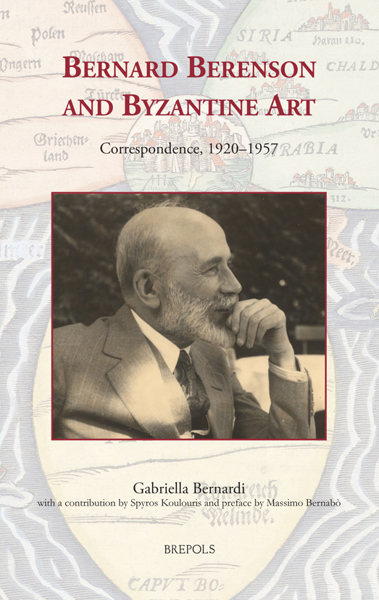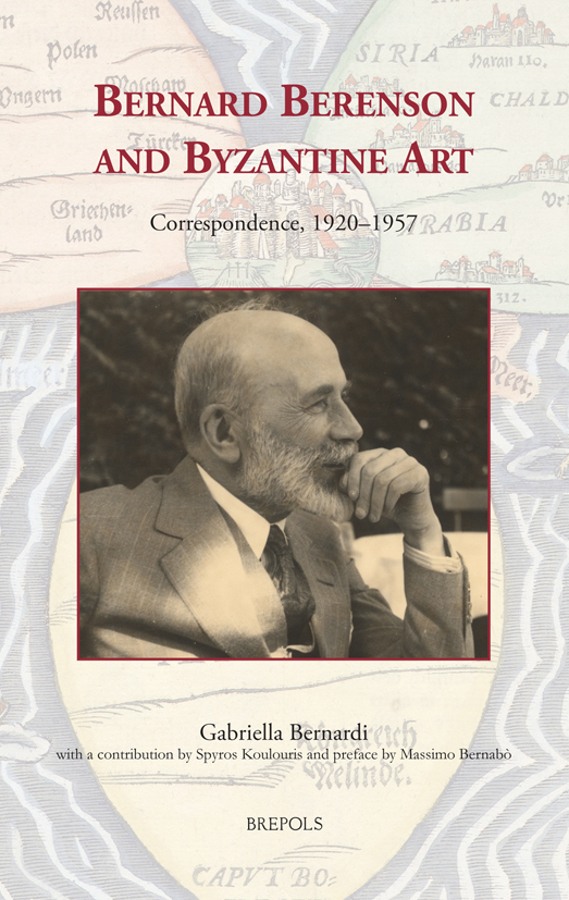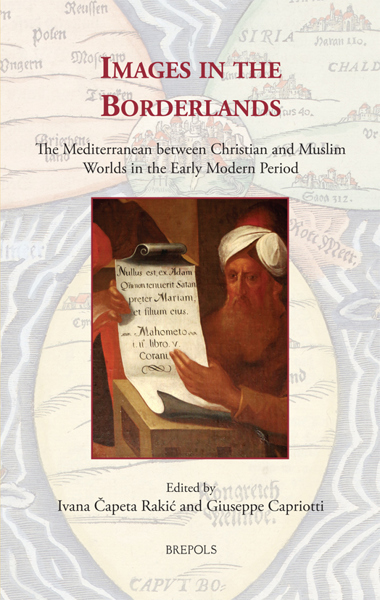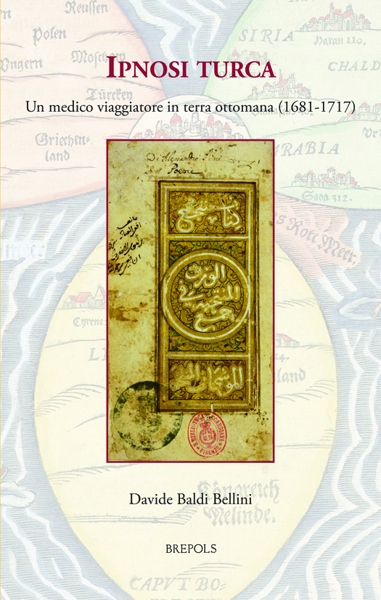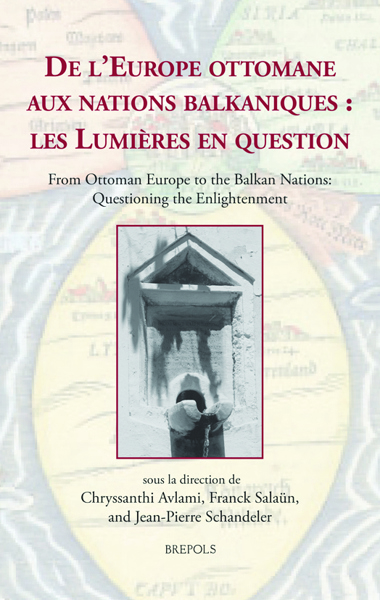
- Pages: 700 p.
- Size:156 x 234 mm
- Illustrations:63 b/w, 55 col., 1 maps color
- Language(s):English
- Publication Year:2023
- € 120,00 EXCL. VAT RETAIL PRICE
- ISBN: 978-2-503-59671-6
- Hardback
- Available
- € 120,00 EXCL. VAT RETAIL PRICE
- ISBN: 978-2-503-59672-3
- E-book
- Available
"(...) the book rewards reading. The letters are engrossing, and Bernardi has done a service collecting them." (Sarah Bassett, in The Medieval Review, 24.10.02)
"Bernard Berenson and Byzantine Art was a pleasure to read..." (Robert S. Nelson, in Speculum, 100/1, 2025, p. 211)
"It is hard to overestimate the amount of archival research Bernardi has done and the linguistic competence required of her (...). Her labour has resulted in a carefully organised, amply annotated collection that is pleasant and instructive to read." (Georgi Parpulov, in The Byzantine Review, 7, 2025, p. 124)
Gabriella Bernardi is a curator at the Istituzione Bologna Musei, Musei Civici d’Arte Antica. Her research interests center on Byzantine and Medieval Art. She has published a monograph on the mosaics of the Euphrasian Basilica in Poreč (2005), as well as several articles on this topic. She has lectured in Italy and abroad, and has been a member of the scientific board of the Courtauld Institute’s Gothic Ivories Project.
Spyros Koulouris is the Collections Services and Photograph Archivist at I Tatti – The Harvard University Center for Italian Renaissance Studies in Florence, working with photograph collections and digital projects of the Berenson Library. Since 2019 he is the Metadata Coordinator of the Pharos consortium linked open data project. His scholarly work explores the creation and development of art historical photo archives in the first half of the 20th century.
The American art historian Bernard Berenson, born in 1865, is famous for his pioneering studies of the Italian Renaissance, but his work on Byzantine art remains less well-known and less studied. Yet his passion for studies of Byzantium — dubbed the ‘Byzantine infection’ — played a major role throughout Berenson’s life, and in the 1920s, he began work on a magnum opus on this topic that was sadly never completed. This volume aims to illuminate and revisit Berenson’s approach to Byzantium and the art of the Christian East through an exploration and analysis of the correspondence, travel notes, and photo archive that Berenson built up over his lifetime, and that taken together, clearly points to an explicit recognition by Berenson of the importance of Byzantine art in the Latin Middle Ages. Drawing together Berenson’s correspondence with art historians, collectors, and scholars from across Europe, the US, and the Near East, together with an overview of his numerous photography campaigns, the book is able to open a new window into Byzantine art historiography from the 1920s to the 1950s. In doing so, it sheds light onto a period in which important discoveries and extensive restoration campaigns were carried out, such as those of the mosaics of Hagia Sophia and Kariye Camii in Istanbul, as well as of the Basilica of San Marco in Venice and its decoration.
Preface
Abbreviations
1. Introduction
2. Bernard Berenson
A Short Biography
3. Byzantine Vision of Bernard Berenson
4. Bernard Berenson, Thomas Whittemore, and San Marco in Venice
5. Capturing the Byzantine World (Spyros Koulouris)
6. Correspondence
7. Historical photos
8. Biographical Profiles
9. Scholars' photos
Appendix
St Mark’s, Byzantine Temple and Museum, Bernard Berenson
'A Newly Discovered Cimabue', Art in America, 8 (October 1920): 251–71, Bernard Berenson
'Due dipinti del decimosecondo secolo venuti da Costantinopoli', Dedalo, 2 (1921–1922): 284–304, Bernard Berenson
Bibliography of Bernard and Mary Berenson's Works
Bibliography
